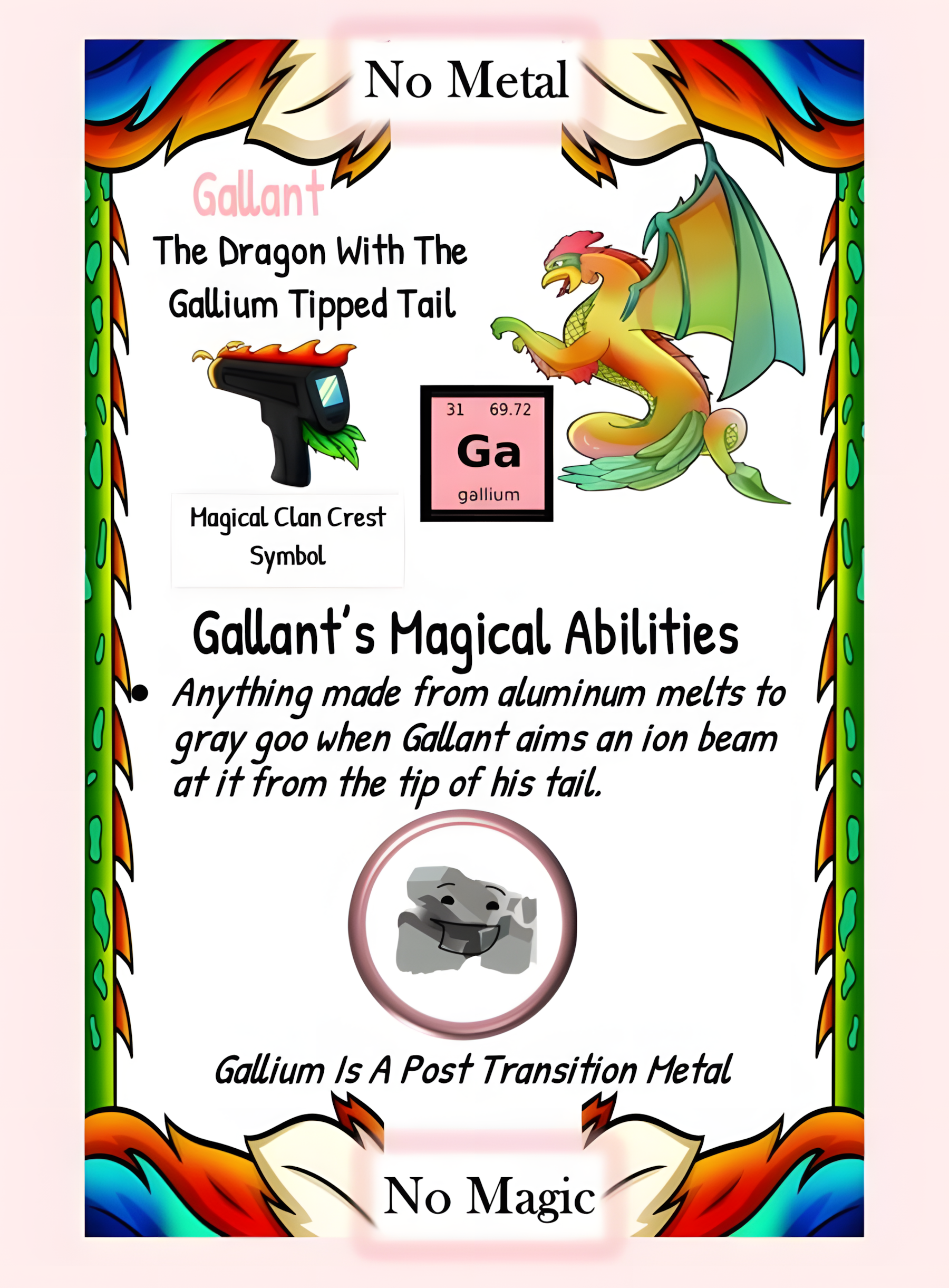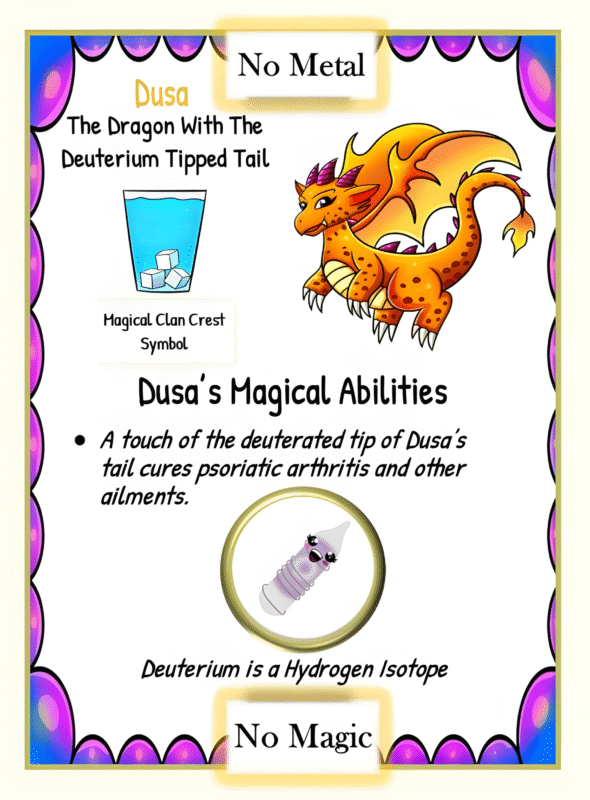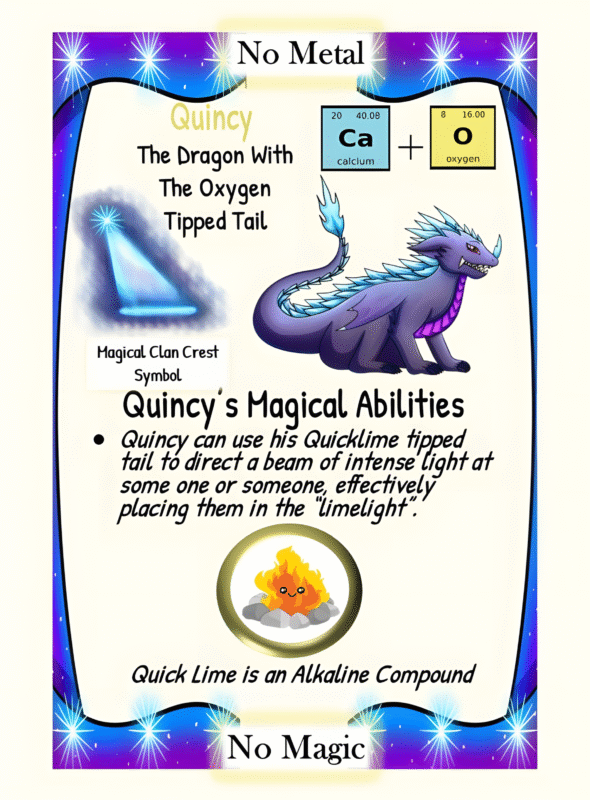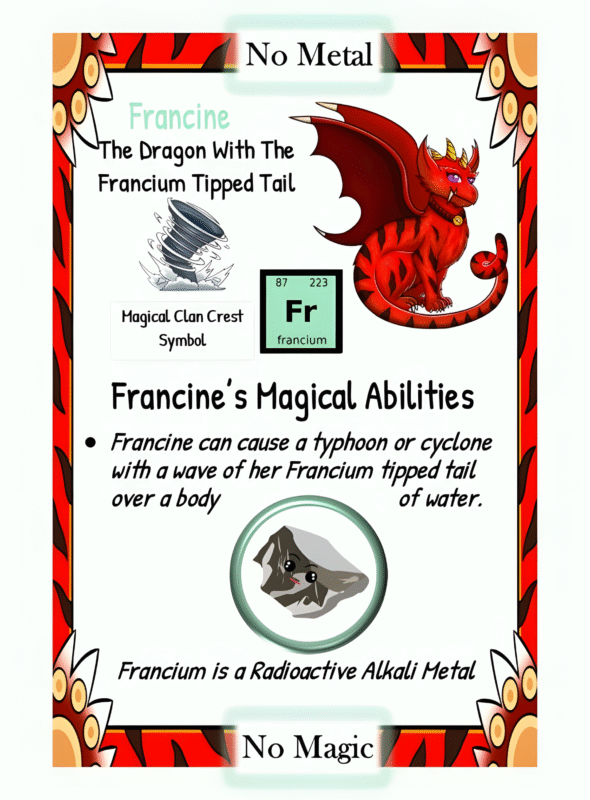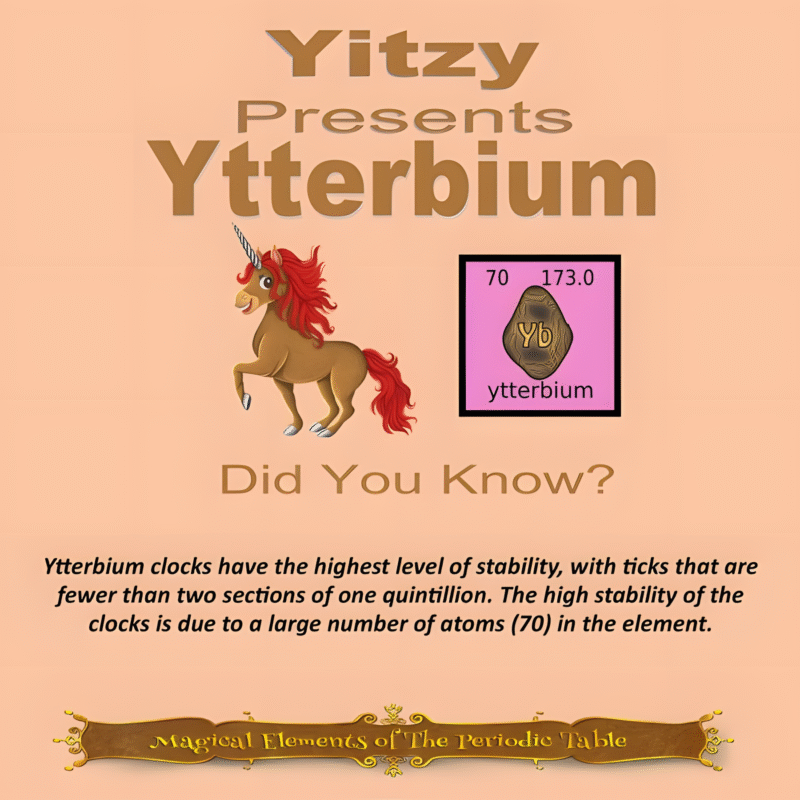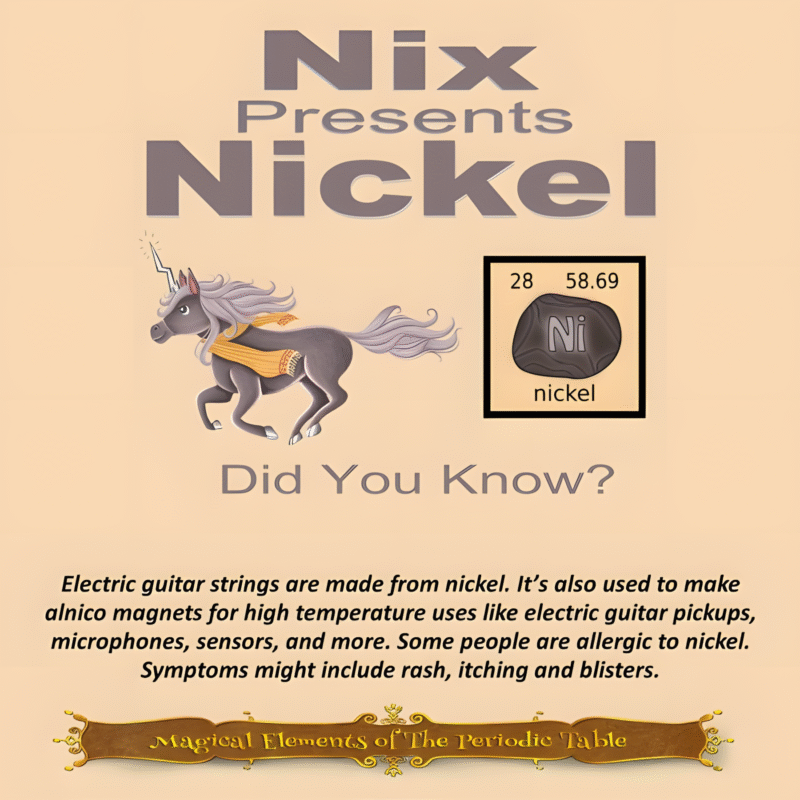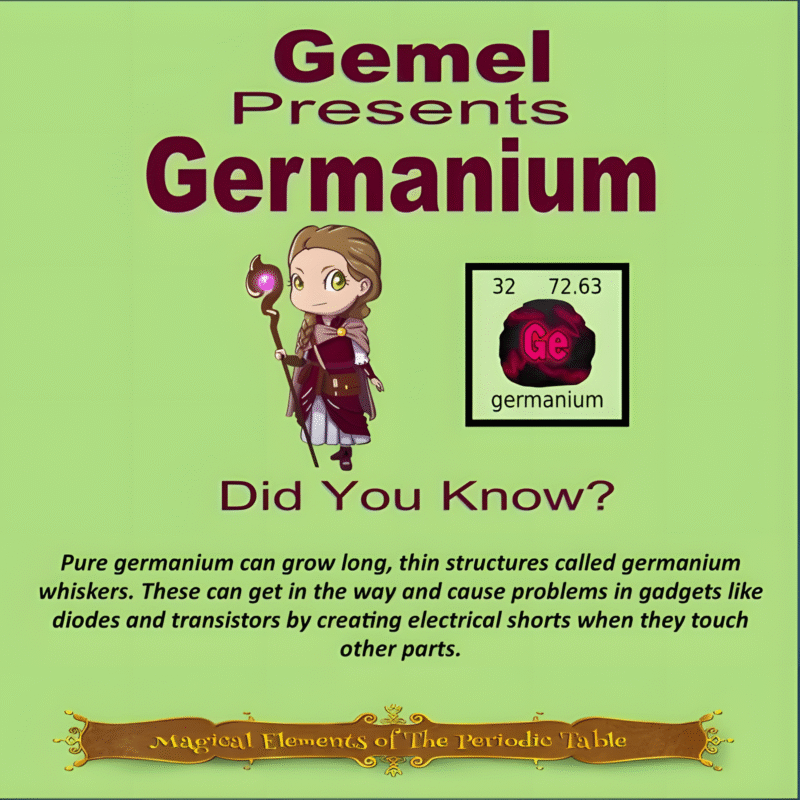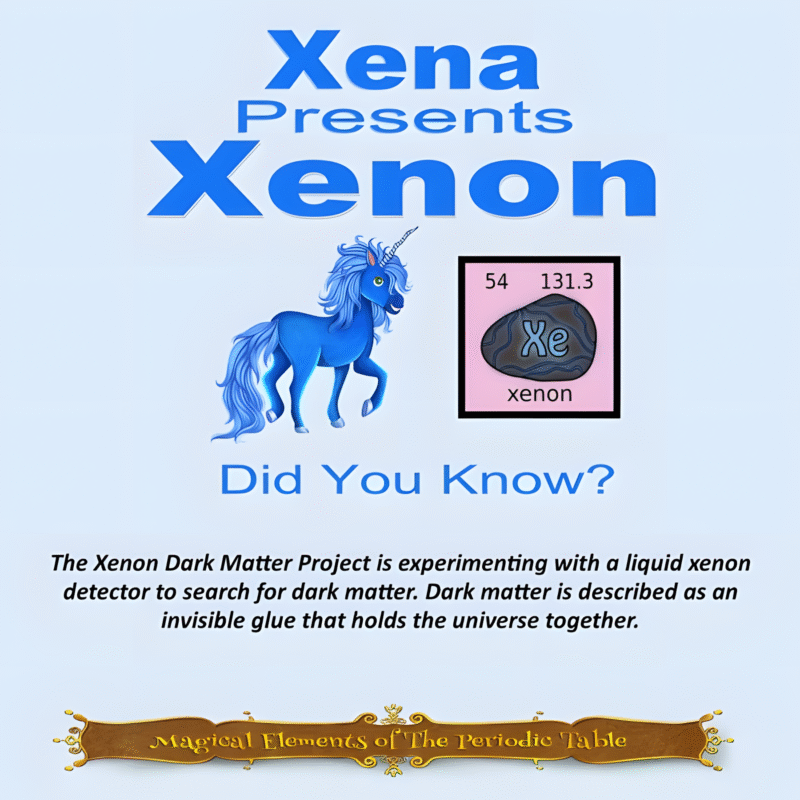From Wonder Metal to Limited Applications: The Rise and Fall of Gallium’s Early Uses
Gallium, an intriguing and unique element, was discovered by Lecoq de Boisbaudran in 1875. Initially celebrated for its remarkable properties, gallium found several early applications that promised to revolutionize various industries. However, due to certain limitations and advances in technology, its use in those fields gradually diminished. Let’s explore the first uses of gallium and the reasons behind its decline as a preferred material.
Early Uses of Gallium:
- Thermometers and Barometers:
When gallium was first discovered, its low melting point was its most fascinating property. With a melting point just above room temperature (29.76°C or 85.57°F), it found use in thermometers as a non-toxic alternative to mercury. This property also made it suitable for barometers, enabling precise atmospheric pressure measurements without the need for hazardous mercury. - Semiconductor Technology:
Gallium’s properties as a good semiconductor and its ability to withstand high temperatures made it an excellent candidate for use in early transistors and diodes. It was used to create various electronic components, enhancing the efficiency of electronic devices of the time. - Alloys and Catalysts:
Gallium forms alloys with metals like aluminum, indium, and others, imparting unique qualities such as low melting points and improved mechanical properties. It was used as an essential component in the production of robust mirrors, as well as for corrosive-resistant coatings and solders.
Reasons for Gallium’s Decline:
- Cost and Availability:
One primary reason for gallium’s diminished use is its scarcity. Gallium is not naturally abundant, usually occurring as a byproduct of aluminum and zinc mining. As a result, the extraction and refining processes required to obtain gallium are expensive, making it impractical for widespread applications. - Replacements with More Efficient Materials:
Over time, advancements in technology and the discovery of new materials with superior properties have favored the gradual replacement of gallium in many applications. Indium and other semiconductors have proven to be more efficient alternatives in the manufacturing of transistors and diodes, relegating gallium to specialized niches. - Toxicity Concerns:
Though gallium itself is not toxic, it can become hazardous when used in certain applications. For instance, gallium-based alloys can be brittle and prone to sudden failure, leading to safety concerns in critical industries like aerospace and energy. As a result, the demand for gallium in these sectors has decreased.
Gallium’s Modern-Day Uses:
While gallium’s early applications may have diminished, it still finds niche uses:
- Pharmaceuticals:
Gallium compounds have been explored for their potential antimicrobial and anti-cancer properties, making them a focus of ongoing research in the field of medicine. - LEDs:
Gallium nitride is an important component in the production of light-emitting diodes (LEDs) due to its ability to convert electrical energy into visible light efficiently.
Gallium’s discovery sparked excitement in the scientific community and led to an array of early applications. However, limited availability, advancements in technology, and concerns over toxicity eventually reduced the demand for gallium across many industries. Nonetheless, its specialized uses as a pharmaceutical agent and in LED manufacturing highlight its enduring importance, albeit in different realms. As technology advances further, who knows what other possibilities may emerge for this fascinating element.
This article is brought to you by Sybrina Durant, the author of the middle grade picture book, Magical Elements of the Periodic Table Presented Alphabetically By The Elemental Dragons. Learn More. In that book Gallium is presented by the dragon, Gallant.
Inter-Active Elemental Fantasy-Themed Periodic Table from Magical Elements of the Periodic Table Presented Alphabetically by The Elemental Dragon Clan
Click here to use This Inter-Active Viewer To Learn More About The Elements Each Elemental Represents On This Periodic Table. Want this in a 24″ x 36″ Poster? Click here.
Sybrina Publishing Offers Fun Activities Based On The Book
Magical Elements of the Periodic Table Magical Elementals
Browse Magical Elemental Activities at MagicalPTElements or Sybrina-Publishing on TPT or Classful

